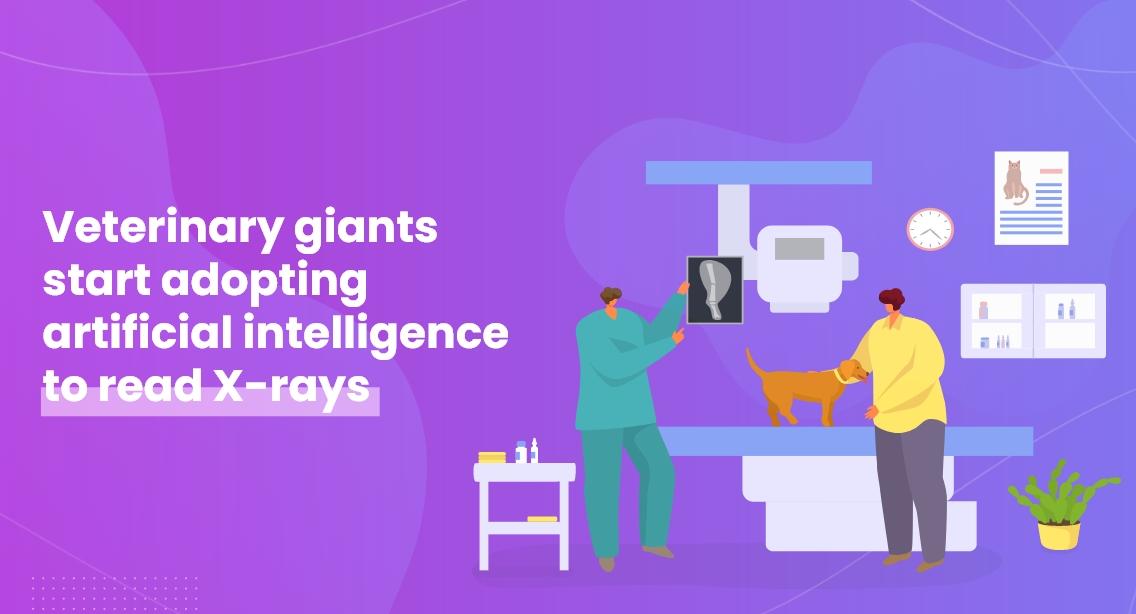Veterinary giants start adopting artificial intelligence to read X-rays
Mars Inc and IVC Evidensia, two veterinary giants, have started using Artificial Intelligence (AI) to interpret animal X-rays which is increasingly helping veterinary practitioners.
The adoption of AI by two of the world's largest veterinary facilities indicates that the novel technology may bring potential developments in the field. The companies have also predicted that AI would not make radiologists go packing. Instead, it would assist them in their jobs, at least in the near future.
As per the report of an international news agency, the executives at Antech veterinary diagnostic division, who developed AI in-house, said that Mars Inc. is employing AI to read radiographs at nearly 60 of their practices out of over 2,500 worldwide.
An England-based veterinary giant, IVC Evidensia has also introduced AI in dozens of its practices in Canada, out of around 2,300 practices in Europe and Canada. The IVC Evidensia has completed a trial of AI product that has been developed by an American-based company, SignalPET.
The AI product interprets X-rays and provides results within minutes. It functions through software tools, and users can access the software by signing into a website. For now, the users have to pay USD 10 per interpretation. Vetology and MetronMind are both California-based companies that are also offering the technology to veterinarians.
Although AI has been used in human radiology for many years, it has only been adopted frequently in the veterinary domain now. The reason for this rapid adoption of AI in the veterinary sector is the shortage of radiologists in the market.
Dr. Alistair Cliff, who is deputy chief medical officer at IVC Evidensia, says that the adoption of AI technology might create more demand for specialist radiology training for individuals.
"I'm very clear on this: I think that veterinary radiologists should be excited by this product," Cliff said. "They should be excited because what we are essentially doing is sparking a conversation about radiology in a far, far bigger group of animals than we currently do."







